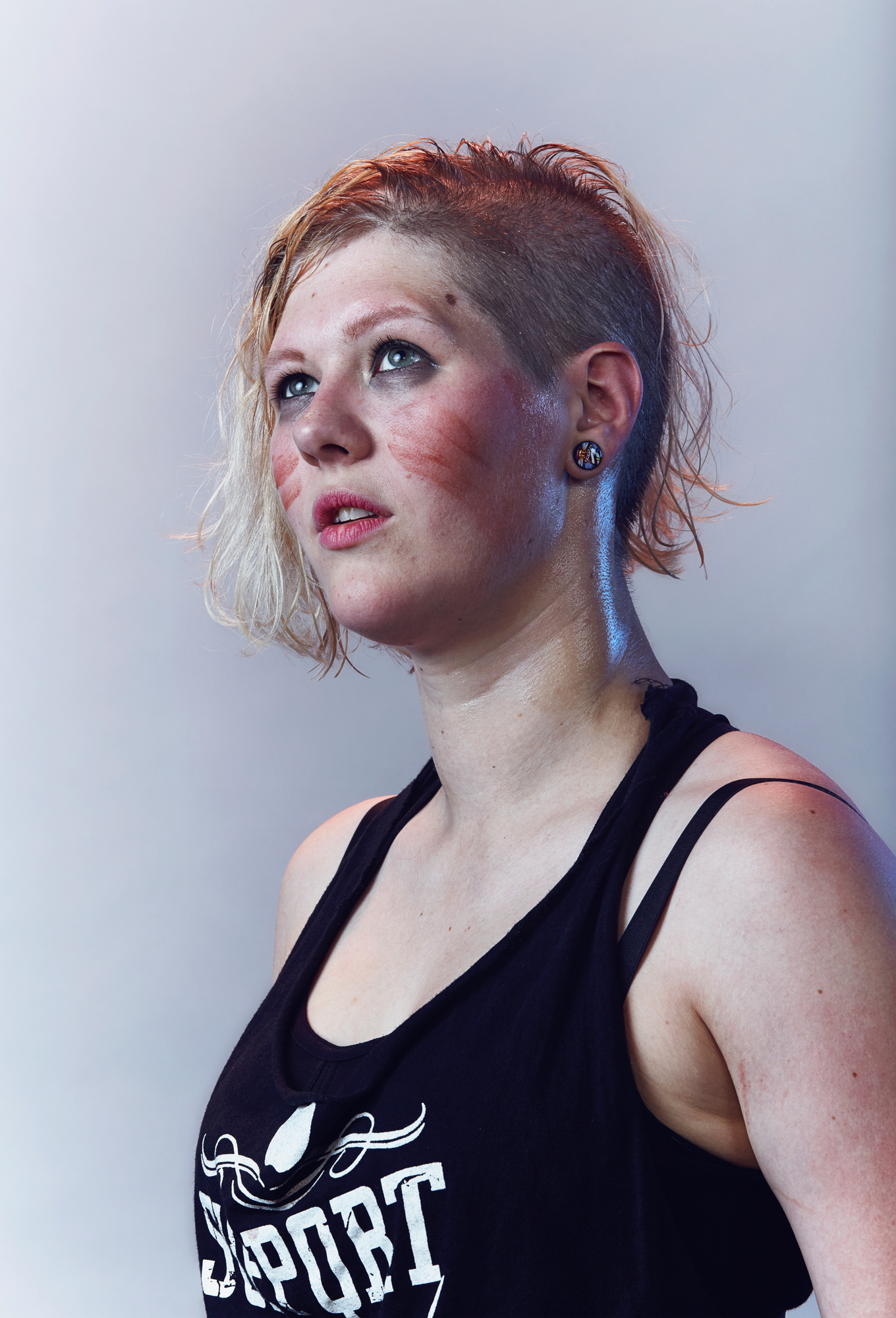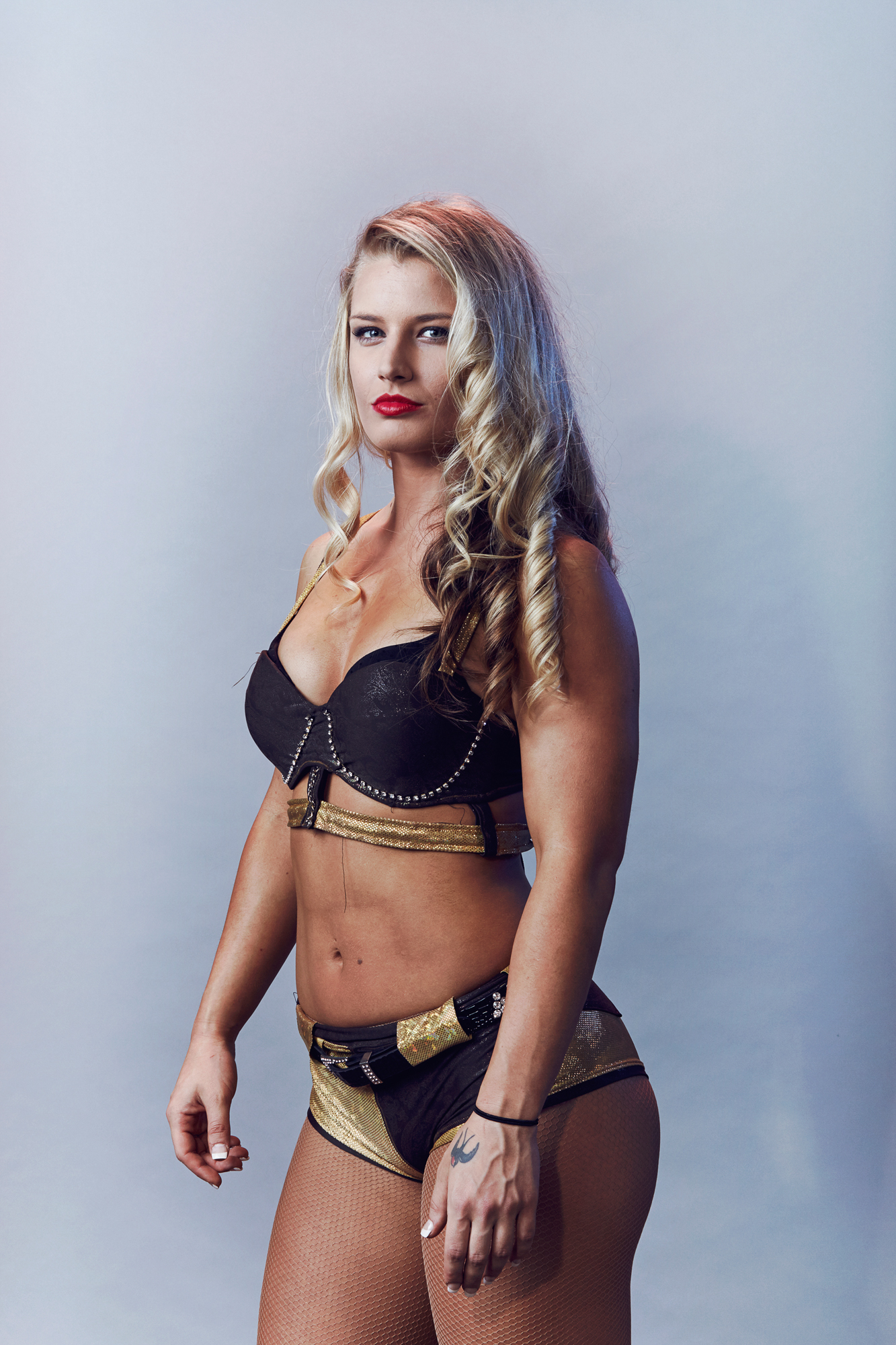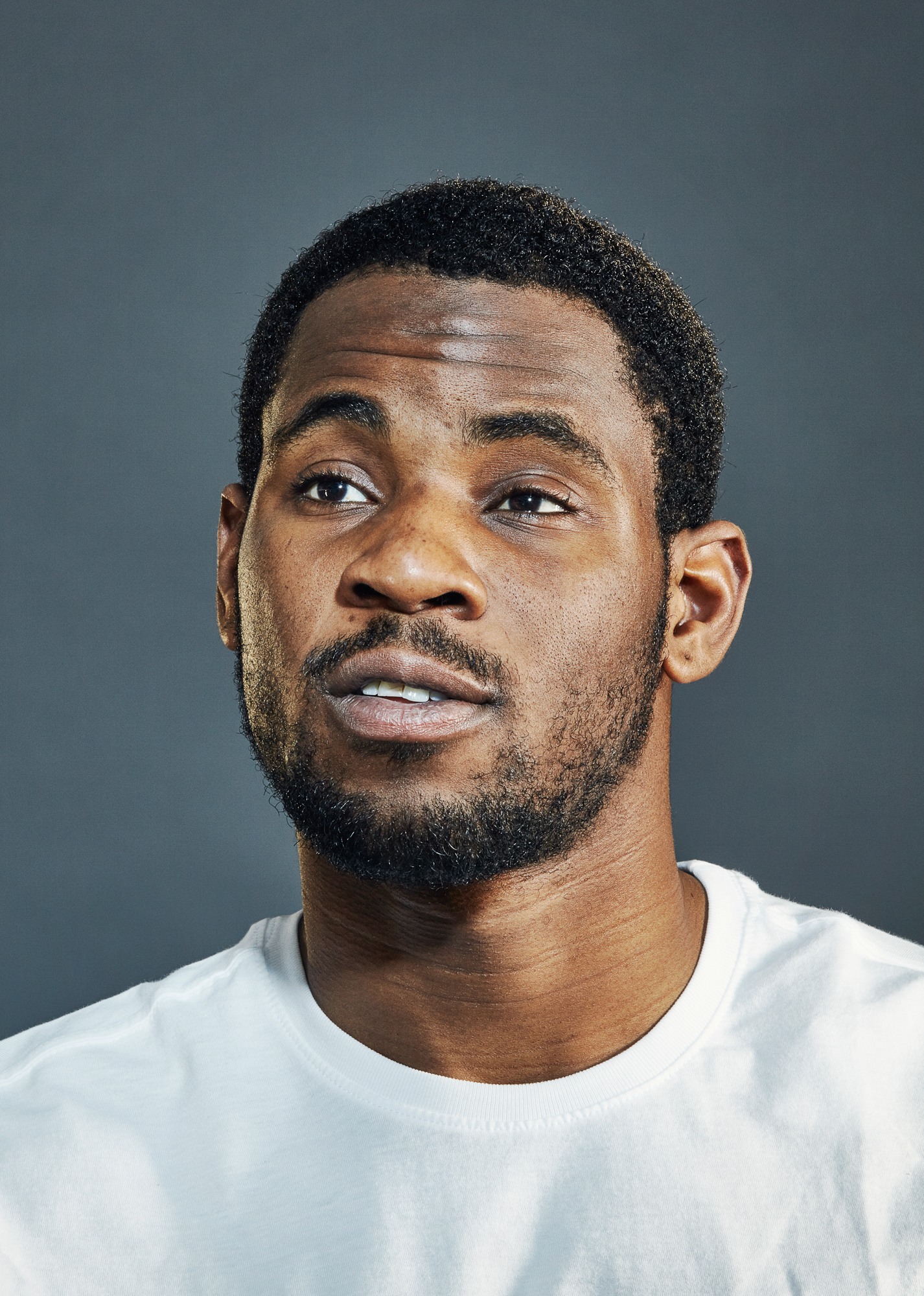Focus: Chris Jelley Interview

Focus explores the creative talent within the climbing community.
Climber Chris Jelly has worked in professional photography for the past two decades. His professional career has seen him work with clients such as Nike, Landrover and Mercedes. His personal projects focus on documenting unique cultural scenes.
How did you get into photography?
I was first introduced to photography at the age of sixteen. I’d enrolled onto a higher national diploma media course at college and photography was on the syllabus. The magic of the darkroom is what really caught my attention, along with the tactile process of using film. I found this creation process naturally fascinated me and I became hooked on photography.
Your work has a great minimalism to it. How did you develop your style and what kind of projects are you attracted to?
My style has developed over years by looking at other photography from photographers such as Richard Avedon, Irvin Penn, Joel Meyerowitz, Gregory Crewdson and Alec Soth. I also constantly observe things. I don’t walk around everyday with my camera but I may see something that sparks an idea for a photograph. Working on a lot of still life studio shoots where usually you are focused on one object has influenced my style. This translates into all my imagery; with landscapes I usually isolate something within the landscape and give a lot of space around, and again with portraits I like to give space. What is in the image is as important as what is not. The same photograph can be shot many different ways to give a different perspective. I consciously try to divide my frame to give a graphic composition. The projects I’m usually attracted to involve either subjects I have a personal interest in (such as the Bouldering project with Matt Cousins) or subculture groups that I know very little about (such as the female wrestler series or the ice swimmers in China). I like to investigate and learn about people; it intrigues me to see what makes people tick. I have always believed everyone can teach you something—whether it be a subject or about yourself. There are so many different people doing so many different things. I think that's what is great with photography; it enables you to always learn and listen to what people have to say.
How do you go about shooting and producing those longer projects around subcultures?
Pre-production is always the most difficult part. The actual taking of the pictures is usually pretty straightforward. Then there will be many phone calls and emails discussing my idea; it can take some time and persistence on my part. I research online and try to visit the persons involved to help understand how I can approach the shoot. I'll shoot looser documentary style images on a recce, prior to the main shoot. With the female wrestler project I decided the most practical way was to photograph at an actual event. I then went to the venue to see how the evening would be set up and to asses space available. As there was a side room big enough for me to set up a small studio scenario I made the decision to shoot the portraits in a more formal, controlled way. If there had been no room available I may have approached the shoot differently.
I will then do a lighting test at my studio to decide on a look for the images. Sometimes I may use only one or two lights and other times five or more depending on the previous research. If enough pre-production has been done then everything should feel quite familiar on the shoot. It still doesn't take away the buzz of working with people and I always like to have my subject's input on the day. Time is usually the enemy and If possible I’ll have an assistant with me, as an extra pair of hands can be invaluable.
What advice would you give to anybody looking to work in the photography industry?
When I was studying photography I remember being told this by a visiting lecturer: ”Photograph what you have a passion for and you’ll make a good photographer.” Essentially, make a definite plan as to what it is you want to photograph and just shoot, shoot, shoot. It’s so easy nowadays to take pictures but don’t just settle for taking a snap. Try to learn and progress each time you pick up the camera. I still do. Knock on a lot of doors and get your work seen.
For his latest project Chris Jelley has been documenting the world of professional climbing. As part of that ongoing project you can check out his latest photo essay on the training regime of British Bouldering Champion Matt Cousins here.
Editor








